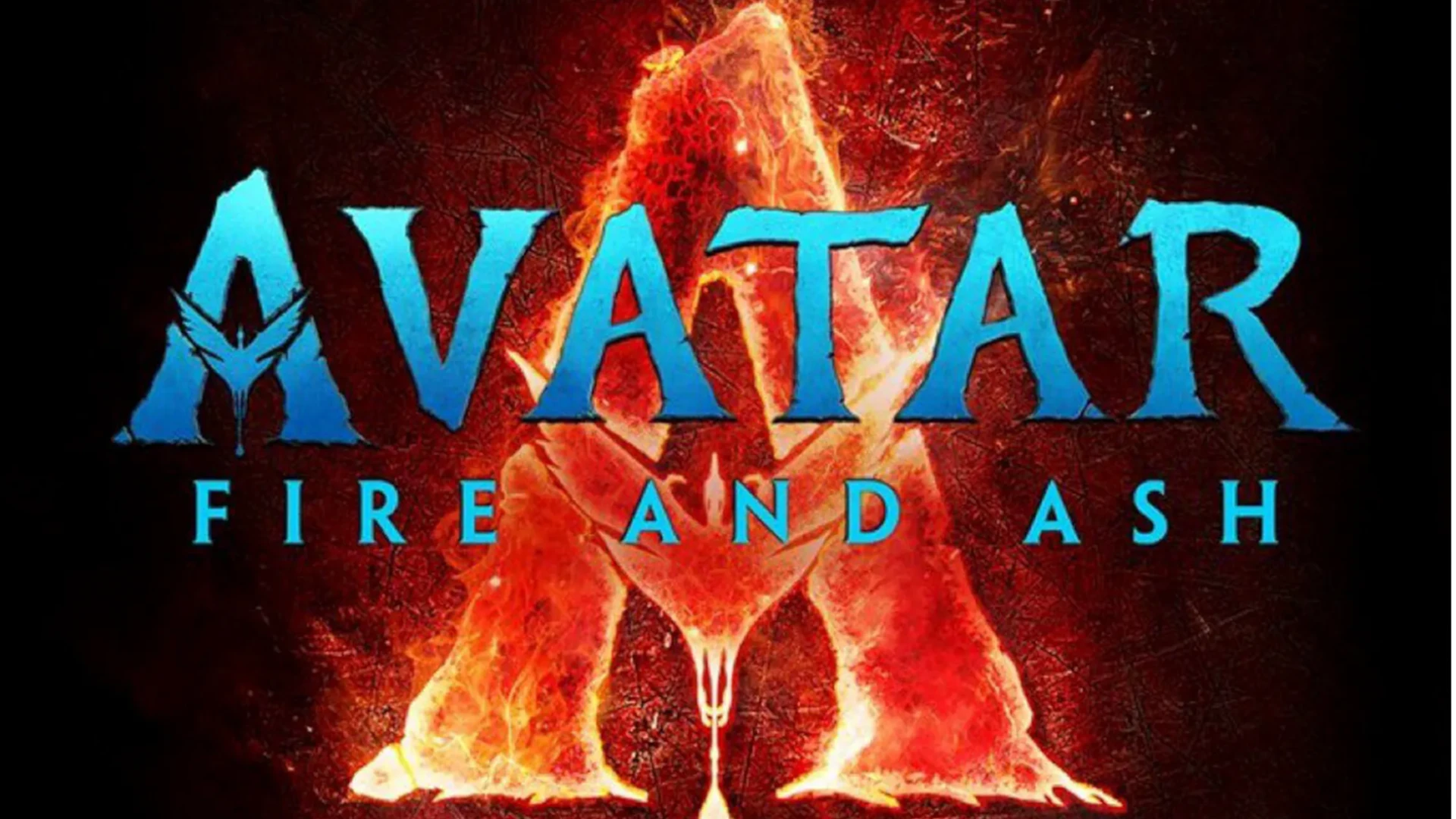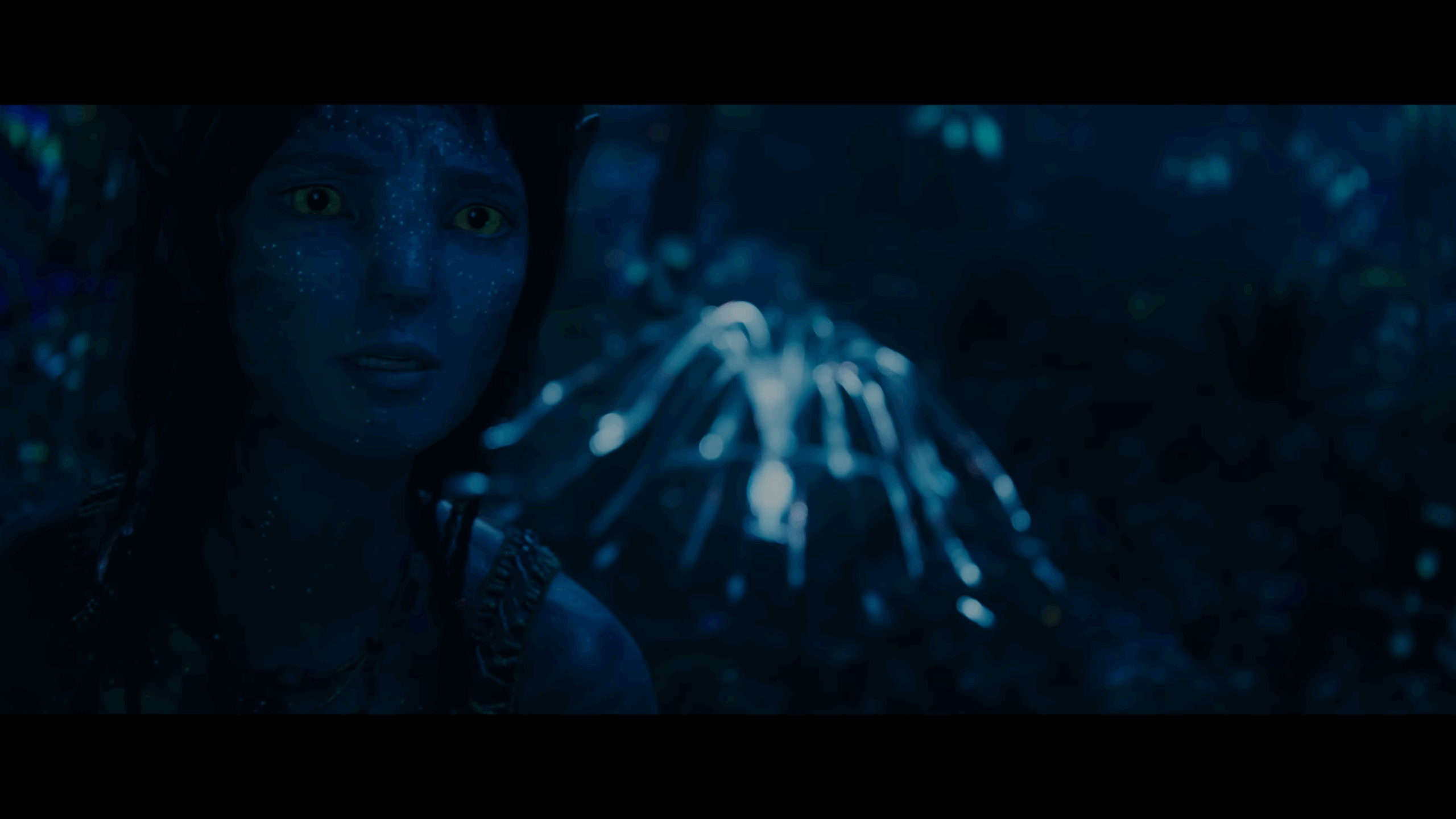James Cameron’s Avatar saga enters its third chapter with Avatar: Fire and Ash, and the first official trailer has just ignited the internet. The long-anticipated sequel is set to expand the Avatar mythology with new tribes, emotional stakes, and the series’ boldest visuals yet. Here’s everything you need to know.
First Official Trailer Sets Pandora Ablaze
Premiering online July 28, 2025—after a surprise theatrical debut before The Fantastic Four: First Steps—the trailer for Fire and Ash reveals a dramatically darker tone. We see a scorched, volcanic Pandora biome, intense aerial dogfights, massive naval clashes, and emotional turmoil that rivals the series’ biggest moments.

Key Trailer Moments:
- Flaming jungles and lava flows introduce the new Ash People.
- Neytiri and Kiri prepare for spiritual and physical war.
- Colonel Quaritch (Stephen Lang), resurrected in an avatar body, continues his vendetta.
- Jake Sully (Sam Worthington) remains torn between his Na’vi family and lingering human ties.
“The trailer looks like Apocalypse Now meets The Two Towers—but underwater and on fire,” writes Polygon.

Who Are the Ash People?
At the heart of the story is the Mangkwan clan, or Ash People, a Na’vi tribe adapted to Pandora’s volcanic regions. Known for their militant, no-nonsense survivalism, they are led by Varang, played by Game of Thrones alum Oona Chaplin.
James Cameron has called the Ash People “morally complex,” suggesting they’ll challenge assumptions about good vs. evil in Pandora.
“We’ve met the forest and reef clans—now it’s time to meet the fire,” Cameron told EW in a feature interview.
Story & Themes: Grief, Renewal, and the Clash of Cultures
Originally planned as part of The Way of Water, Fire and Ash evolved into a standalone story that explores grief, trauma, and ideological conflict among the Na’vi.
- Neytiri, devastated by her son Neteyam’s death, is pushed toward vengeance.
- Kiri, played by Sigourney Weaver via advanced mo-cap tech, deepens her bond to Eywa while facing off against Varang.
- Spider, the Sullys’ adopted human son, continues to navigate his identity after saving his surrogate father, Quaritch.
Cameron has described this third installment as a bridge between the emotional core of the Sully family and the planetary stakes coming in Avatar 4 and 5.
Release Date and Future Sequels
- Theatrical Release: December 19, 2025 (confirmed).
- Avatar 4: Coming December 2029.
- Avatar 5: Set for December 2031.
All films are part of a pre-planned five-movie arc—each building upon the previous with escalating stakes. Cameron has hinted that Avatar 5 may feature scenes set on Earth, potentially exploring the RDA’s larger influence and offering a human-Na’vi reckoning.

Inside the Production: Innovation in Every Frame
Filming began in New Zealand in 2017 and wrapped by the end of 2020, alongside parts of Avatar 4. The production pushed motion capture technology further than ever before—especially underwater, using newly developed rigs and digital pipeline systems.
“This was the most technically complex performance capture we’ve ever done,” said producer Jon Landau.
Notable cast additions include:
- David Thewlis as Peylak, a member of the peaceful, nomadic Wind Traders, a new skybound Na’vi clan.
- Brendan Cowell, returning as Captain Mick Scoresby (the whaler from Way of Water), in a more villainous capacity.
What Critics and Fans Are Saying
Reactions to the Fire and Ash trailer have been overwhelmingly positive, with many praising its emotional intensity and visual scale.
- Cinemablend called the trailer’s 3D experience “next-level immersion.”
- Gizmodo highlighted the shift in tone: “This isn’t just another lush jungle—Pandora’s burning, and so is everyone in it emotionally.”
- Fans on Reddit speculate that Kiri’s arc could connect directly to Eywa’s cosmic consciousness, hinting at more science fiction-heavy developments in Avatar 4.
Quick Summary: Avatar: Fire and Ash
| Key Detail | Information |
|---|---|
| Trailer Release | July 28, 2025 (Online and in theaters before The Fantastic Four) |
| Theatrical Release | December 19, 2025 |
| New Tribes | Ash People (Volcanic), Wind Traders (Nomadic Sky Clan) |
| Main Antagonists | Varang (Ash People Leader), Quaritch (Reborn Avatar) |
| Runtime | Expected to exceed Way of Water (3h 12m) |
| Future Films | Avatar 4 (2029), Avatar 5 (2031) |
What Is an Avatar?
Have you ever wondered where the word “avatar” comes from? This word has a rich history that dates back thousands of years. In its original Sanskrit meaning, “avatar” refers to a “descent” – specifically the descent of a deity to Earth in a physical form. An avatar is essentially the embodiment or incarnation of a god or principle, appearing in a visible shape that humans can interact with.
Today, most people recognize “avatar” in its modern digital context – as the image or character that represents you in video games, forums, or social media. This modern usage borrows from the original concept, as your digital avatar is an embodiment of your identity in the virtual world. The term gained even more popularity after James Cameron’s movie “Avatar” introduced the concept to millions of viewers worldwide.
Key Takeaways
- An avatar traditionally represents the incarnation of a deity in physical form, originating from Hindu traditions as a Sanskrit word meaning “descent.”
- In modern digital contexts, avatars are visual representations of users in virtual environments, serving as digital identities online.
- The concept of avatars bridges ancient spiritual ideas with contemporary technology, showing how identity can be expressed across different realms.
Historical and Cultural Significance
The concept of avatar has deep roots in ancient traditions and continues to influence religious and philosophical thought today. This sacred idea spans thousands of years of human history and appears in various cultural contexts with significant meanings.
Origins in Sanskrit Literature
The word “avatar” comes from Sanskrit, an ancient language of India. In Sanskrit, “avatara” literally means “descent,” describing how a deity comes down to Earth. This concept first appeared in early Hindu texts over 3,000 years ago.
The Bhagavad Gita, a sacred Hindu scripture from around 200 BCE, discusses avatars in detail. It explains how the god Vishnu takes different forms throughout time to restore dharma (cosmic order) when needed.
In ancient Sanskrit literature, avatars weren’t random occurrences. They served specific purposes – to defeat evil, restore balance, or teach humanity important values and ethics.
Role in Religious Narratives
In Hinduism, avatars play a central role in explaining how divine beings interact with humans. Vishnu’s ten avatars (the Dashavatara) include forms like fish, tortoise, and human incarnations like Rama and Krishna.
Each avatar appears at critical moments in civilization when spiritual guidance is needed. They demonstrate proper behavior and ethics to humanity during troubled times.
Buddhism adapted this concept differently, with some traditions viewing the Buddha as an avatar of divine consciousness. Some scholars note parallels between Hindu avatars and figures in other religions, occasionally drawing comparisons to Christ.
The avatar concept helped ancient societies understand cycles of cosmic renewal and ethical restoration. It provided a framework for how divine forces might intervene in human affairs when moral guidance was needed.
Modern Interpretations and Uses
The concept of “avatar” has evolved dramatically in modern times, expanding beyond its religious origins to encompass digital representation and identity. Today’s avatars serve as extensions of ourselves in virtual spaces and fulfill various technological functions.
Digital Identity and Social Impact
In today’s digital world, avatars function as visual representations of users in online spaces. They range from simple profile pictures on social media to complex 3D characters in virtual worlds and games.
These digital personas often reflect aspects of our real identities or aspirations. Many people customize their avatars to express their personality, status, or desired self-image. Research shows that users often develop emotional connections to their digital representations.
Avatars also impact social dynamics online. They can:
- Enhance engagement in digital communities
- Provide anonymity when needed
- Bridge relationships across distances
- Signal group membership or identity
During crises like the pandemic, avatars became even more important as virtual meetings replaced in-person gatherings. They helped maintain human connection when physical interaction wasn’t possible.
Varieties and Functions in Technology
Modern technology offers numerous types of avatars serving different purposes:
Gaming avatars allow players to embody characters with unique skills and abilities. These range from realistic human figures to fantastical creatures.
Professional avatars appear in business applications, video conferencing, and virtual workspaces. They often aim for more realistic representation.
Social VR avatars enable users to interact in shared virtual spaces through embodied presence. These avatars can communicate through gestures, expressions, and movement.
Emerging technologies continue expanding avatar capabilities. AI-powered avatars can now serve as virtual assistants, customer service representatives, or digital guides. Some companies are developing technology that creates avatars from photographs or allows for hyper-realistic digital humans.
Frequently Asked Questions
Avatars have different meanings across cultures, technologies, and contexts. People often have questions about their origins, uses, and how they appear in various settings.
How is the concept of an avatar interpreted in Hinduism?
In Hinduism, an avatar is a divine incarnation. It literally means “descent” in Sanskrit, referring to a deity taking physical form on Earth. This concept signifies the material appearance of a powerful god or goddess.
The most well-known avatars in Hinduism are those of Lord Vishnu, who is believed to have taken several forms throughout different ages to restore balance and dharma (righteousness) in the world.
Avatars serve as a bridge between the divine and human realms in Hindu theology. They allow gods to directly interact with humans and solve earthly problems.
What are the different types of avatars in digital contexts, such as in social media or gaming?
Digital avatars come in many forms depending on their purpose and platform. In social media, avatars typically appear as profile pictures that represent users, ranging from actual photographs to cartoon characters.
In gaming, avatars are often customizable characters that players control. These can be realistic human figures or fantastical creatures with special abilities and attributes.
Virtual worlds feature fully animated 3D avatars that move through digital spaces. These may include gesture capabilities, clothing options, and personalized appearances.
In what ways are avatars used for educational purposes targeted at children?
Educational platforms use avatars to create engaging learning experiences. Children often respond well to friendly, animated characters that guide them through lessons.
Avatars in educational games can demonstrate concepts visually, making abstract ideas more concrete. They may show proper behaviors, demonstrate science concepts, or act out historical events.
Some educational programs allow children to create their own avatars, increasing personal investment in the learning process. This customization helps children feel represented and included in digital learning spaces.
What is the etymology and definition of the term ‘avatar’ as stated by reputable English dictionaries?
The word “avatar” derives from Sanskrit “avatāra,” combining “ava” (down) and “tarati” (crosses over). It entered English through Hindu mythology descriptions.
Modern dictionaries define an avatar as a manifestation or embodiment of a person or idea. In digital contexts, it refers to a graphical representation of a user or the user’s character.
The term has evolved to encompass both its original religious meaning and its contemporary technological applications. This dual meaning reflects its cultural journey from ancient texts to modern usage.
How can one properly use the term ‘avatar’ within a sentence to convey its meaning accurately?
“She chose a blue dragon as her avatar in the online game, making her character instantly recognizable to friends.” This usage correctly refers to a digital representation.
“In Hindu tradition, Lord Krishna is considered an avatar of Vishnu.” This sentence accurately uses the term in its religious context.
“The company mascot serves as an avatar for their brand values.” This applies the concept metaphorically to represent abstract qualities through a visual symbol.
How has the definition of ‘avatar’ evolved with technological advancements and new digital platforms?
The meaning of “avatar” expanded significantly with the rise of the internet in the 1980s and 1990s. Early online forums adopted the term for user icons, connecting virtual identity to physical users.
Virtual reality platforms have further developed the concept, creating full-body avatars that mimic human movements through motion capture. These avatars can interact with digital environments and other users in increasingly realistic ways.
Recent advancements in AI and the metaverse have introduced avatars that persist across multiple platforms. These digital identities can maintain consistent appearances and characteristics as users move between different online spaces.







